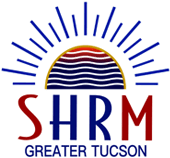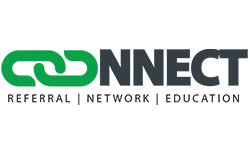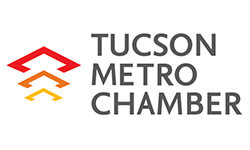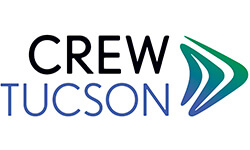
Author Villamil is totally disenchanted with LinkedIn. Are you?
If you and I were connected on Linkedin in the past but aren’t anymore, please, don’t take it personally.
I have removed connections with people I have not (yet) worked with, people I’ve worked with and don’t want to hear about anymore and people I know but I’m not ready to endorse when asked. Why so?
Because Linkedin has changed. There is now LinkedIn for insurance agents, Linkedin for marketers, Linkedin for health practitioners, etc. Linkedin has slowly mutated from an amazing professional social network to a much less appealing mix of Facebook and Monster, forcing me to reconsider the way I’m using it.Facebookization of Linkedin
Four years ago, I decided to close my Facebook account. It was not a question of privacy. People I had not heard for decades tried to reconnect with me without asking whether or not I still wanted to hear about them. Of course I didn’t. LinkedIn: The Dead Space Between Monster and Facebook
In France, we’ve been holding a debate on data retention and what we call “the right to be forgotten”. In the past, moving to another town or country ensured you the right to start your life over. By their very nature, social networks like Facebook deprive you of this fundamental right.
The same phenomenon is happening on Linkedin for 2 reasons: Linkedin has reached the critical mass of users you need to make this happen, and it now has the features to enable it.
“Groups” is one of Linkedin’s best and most spammed feature. It allows schools and universities to create alumni groups exactly the same way they used to publish their alumni directory. People you only share studies or a diploma with can add you as a professional contact, regardless of your actual career which breaks.
Linkedin’s most important feature: the professional connection. Contrary to popular belief, reaching the 500 connections peak is neither a proof of professional reliability nor the insurance that you can actually leverage them when needed. I’ve chosen to restrict my connections to a small group of people I can personally endorse because I’ve done with them much more than exchange ‘Web’ business cards.
The way you use Linkedin is changing as it gains both features and new users. Adding someone to your contact list has became way easier since you don’t need to provide someone’s email address as a proof of knowledge anymore. This deeply changed the social graph led to what I call Linkedin “Monsterization”.
Monsterization of Linkedin
If you’ve ever uploaded your CV on Monster.com, then you’ve certainly been the target of recruiters looking for someone like you … but not really. For a computer engineer, Monster is an amazing place to find a job if you can afford the amount of time needed to sort every crappy offer out.
Linkedin is slowly turning into a new Monster. Being able to contact people without even knowing them turned a powerful social network into a recruiter Walmart. They can contact you directly, or, once in your contacts, ask you if you don’t know “a good Java developer who’s looking for a better job”. They will ask you for an introduction, which is often considered as a full endorsement with a high level of trust. Any friend of yours is a friend of mine, until things turn really bad.
Linkedin is evolving in a very unpleasant way lately. Although you can tune contact tagging, the service leaves the default categories wide open, allowing one to easily fool the social graph.
Given Linkedin’s plan to become the universal resume, it will need a better way for your network to fit your actual career path or no one will trust them anymore.










